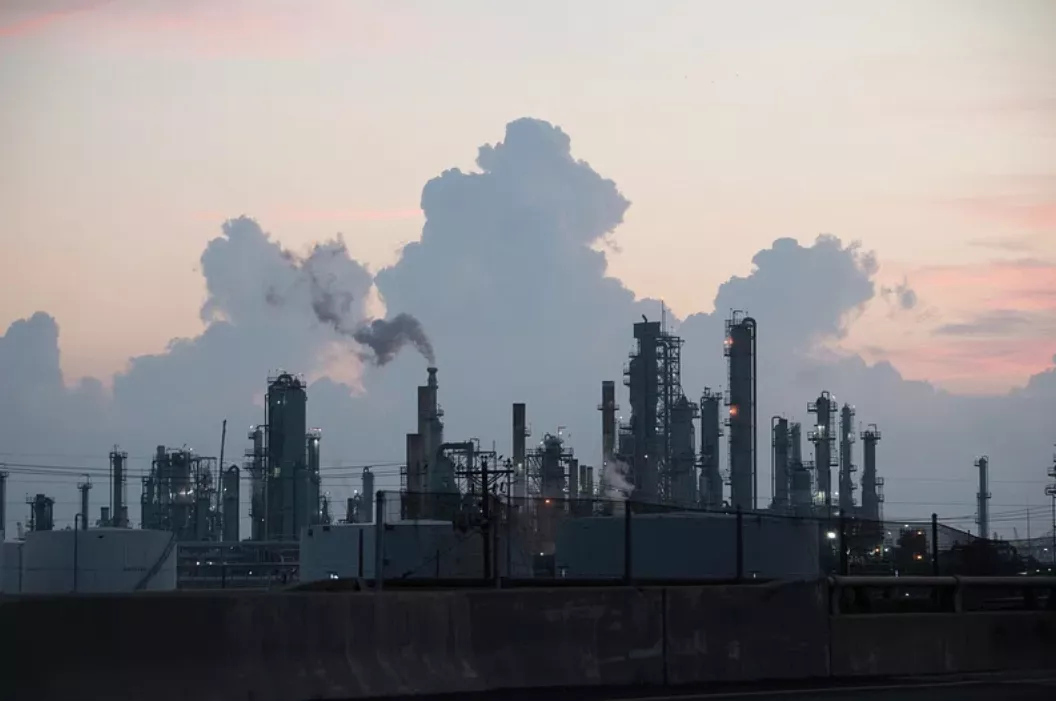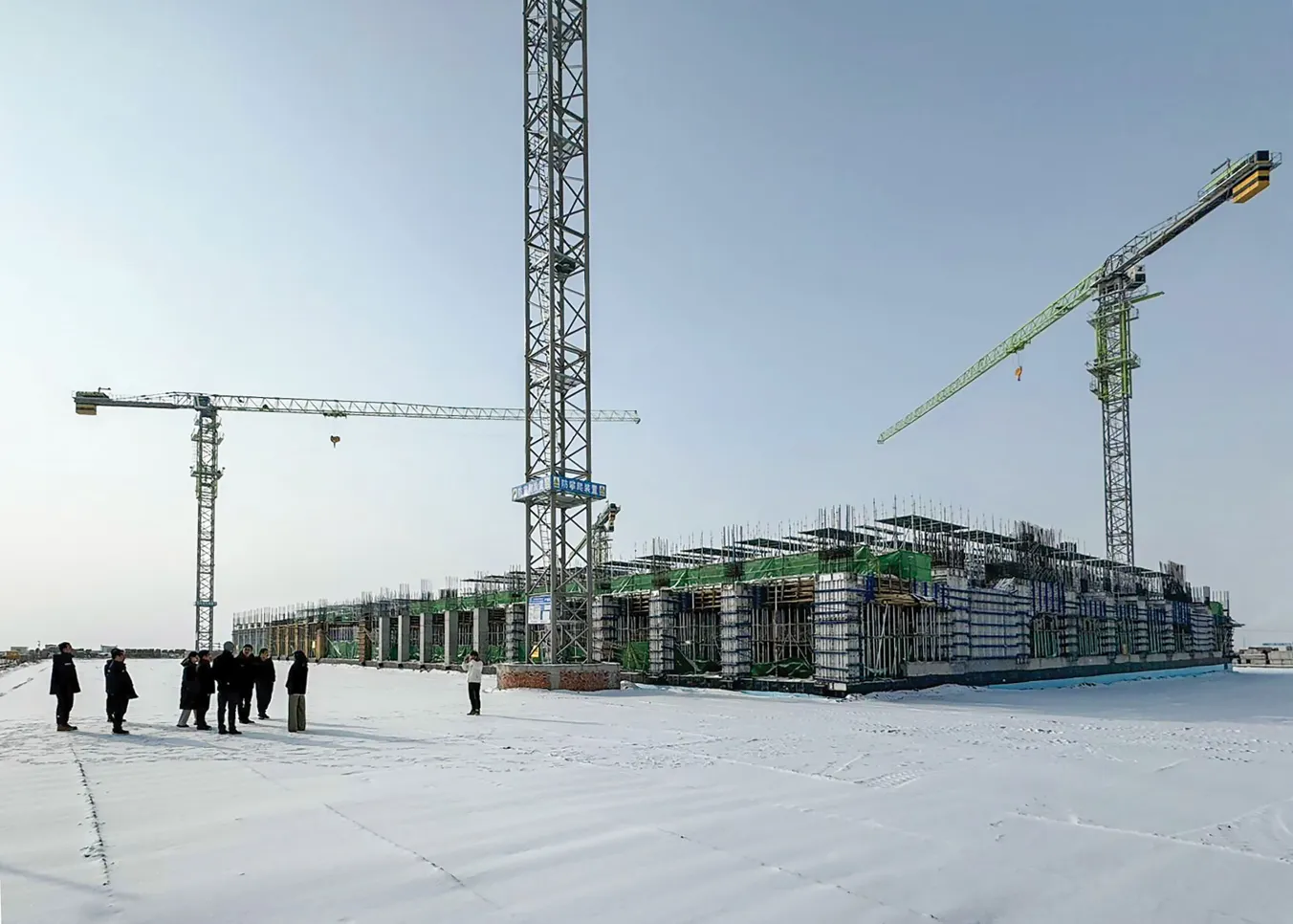Top polluter or renewables leader?
DAVID CAVENDISH examines the facts behind China’s environmental record

THE Earth just experienced its warmest January in recorded history. That on top of the fact that 2023 was the warmest year since measurements began in 1850.
It was also the first time that temperatures averaged 1.5°C (2.7°F) above the average before the onset of industrialisation.
In the words of climatologist Richard Betts, “1.5°C is now regarded as the level at which climate change risks really start to become potentially unacceptably severe.”
Similar stories

As Biden ramps up punitive tariffs to protect an ailing corporate supremacy, the EU faces a crucial choice — stay chained to a crumbling US empire, or navigate constructive economic ties with China itself, writes MARC VANDEPITTE

Research reveals that companies are still getting away with driving climate change through methane emissions — but new tracking technology may finally make enforcement of regulations a reality, writes CRISTEN HEMINGWAY JAYNES

Instead of the alleged ‘economic woes’ you read about almost weekly in the Western press, let’s look at the futuristic industries that are driving Chinese real-world economic growth, writes GUO TIANQI









